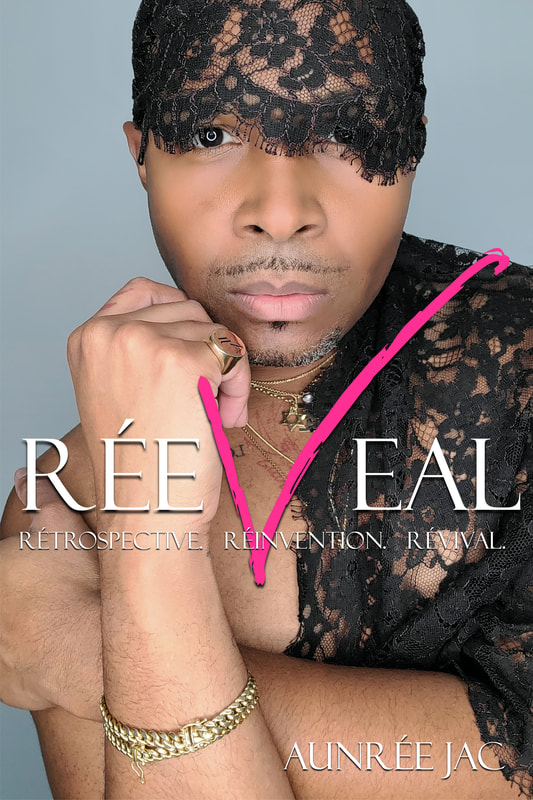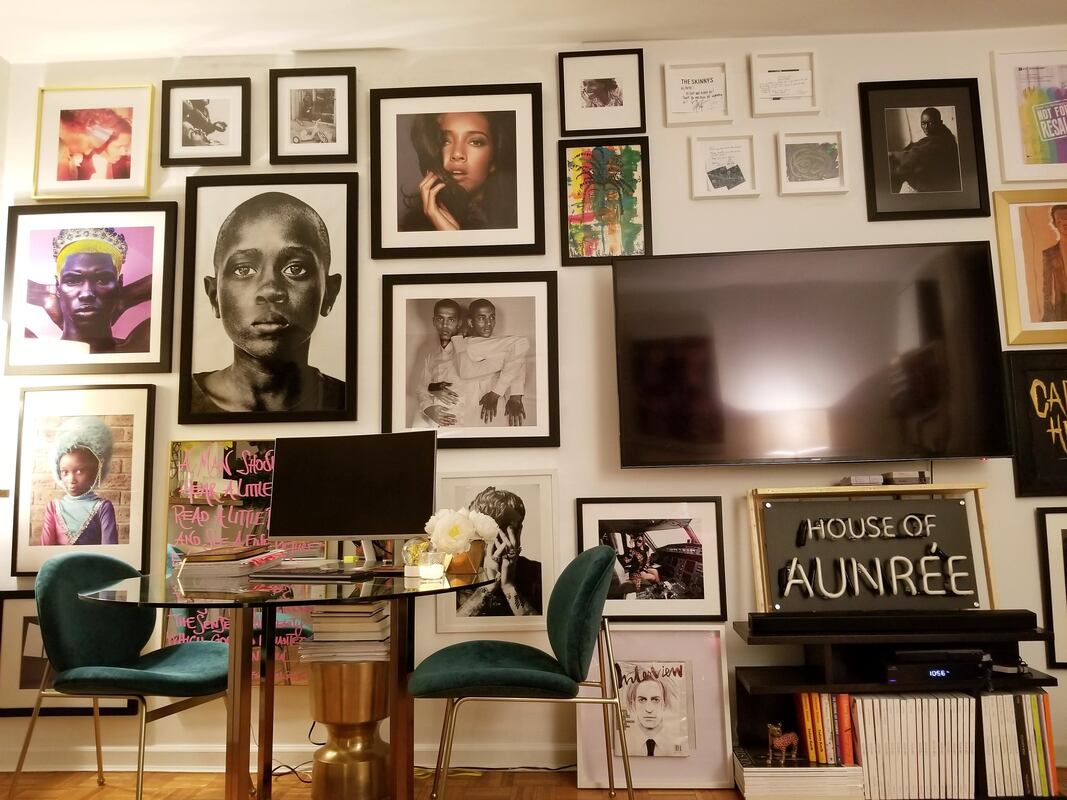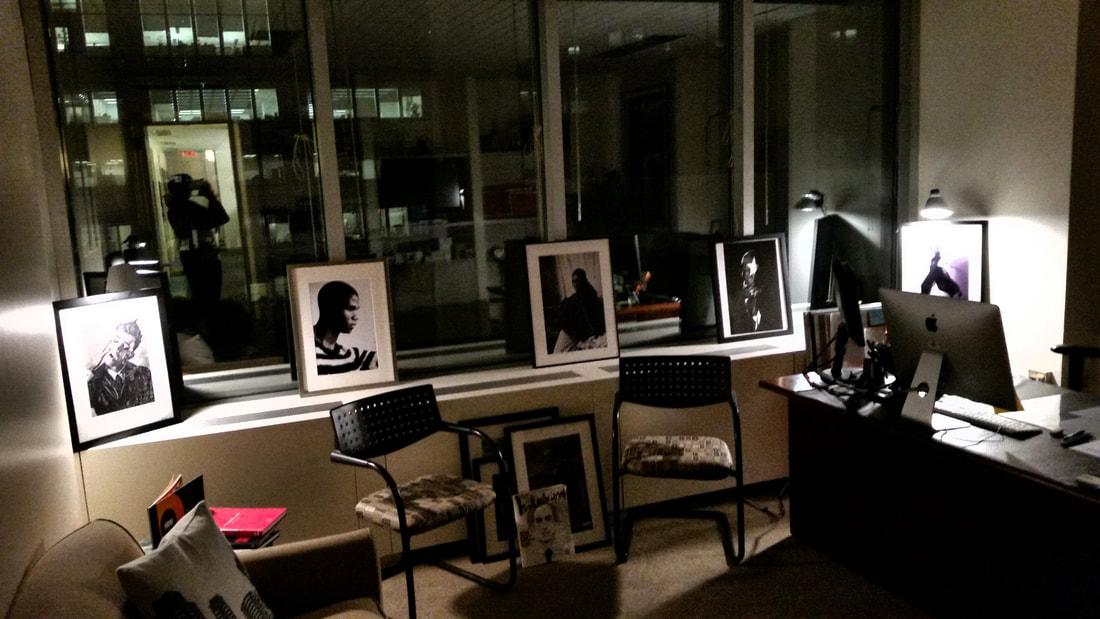His artistic perspective, aesthetic, and creative focuses on lifestyle across socioeconomic statuses, culture, behavior, and internal/external relationships.
Aunrée’s creative experience spans across the industry, including executive producer/director, creative director/character development for off-broadway theatre producions, make-up artist for film and television, actor/director for NYU's therapeutic theatre productions, to product and content deveopment.
Aunrée’s creative experience spans across the industry, including executive producer/director, creative director/character development for off-broadway theatre producions, make-up artist for film and television, actor/director for NYU's therapeutic theatre productions, to product and content deveopment.
PROJECTS

JANEY NEMARD
Standing in Love:
tussling with hard truths.
The docu-series focuses on an African American woman's journey through childhood molestation, an abusive relationship which resulted in her becoming blind in her left eye to finding the courage to take back her life and power.
Black women endure a tremendous amount of pressure and pain.
These recorded conversations will break your heart and give you hope.
There is healing in storytelling.
There is healing in being seen.
There is healing in being understood.
See all episodes at: https://www.youtube.com/user/FlowerGirlNae
Cr. Aunrée J. L. Houston, Director, Executive Producer and Interviewer.
IN CONVERSATION
An interview with Janey Nemard about the making of, Standing In Love.
From excitement to overwhelmed and wanting to give up, this is an examination of the filmmaking process as therapy.
Therapeutic Theatre
PROGRAM IN DRAMA THERAPY
NEW YORK UNIVERSITY | Steinhardt

NOT FOR RESALE follows a successful queer television studio—its fictional repertoire includes shows such as LGBTQIA’s Got Talent and The Final Femme Frontier—trying to figure out how to maintain high profits without exploiting its actors. The play is structured as a live TV studio taping in the style of Saturday Night Live and explores televised therapy; the personal lives of black, gay superheroes; queer dating shows; and more, with programming directed by the character “Big Business.”
Written by Jess Barbagallo (My Old Man [And Other Stories]), the play’s voice draws upon active collaboration with cast members through therapeutic rehearsals. The show is directed by Alexis Powell, founder of the Hearsay & Hyperbole performance ensemble and an alumna of NYU Steinhardt's Program in
Drama Therapy.
https://www.nyu.edu/about/news-publications/news/2018/april/not-for-resale-examines-queerness-through-theater-and-therapy--a.html

ON AIR
Director: Kathryn Schmitt,
Playwright: Elizabeth Swearingen
Theatre Director Peter Brook wrote, "I can take any empty space and call it a bare stage." As drama therapists we considered Brook's statement in its psychological dimensions. These three One-Act Plays deal with the concept of the empty space as it performs psychologically: intra-personally and interpersonally. How does Hurricane Maria, a massive-scale natural disaster followed by inadequate aide, reflect the tenuous negotiation of Puerto Rican American identity? What is the empty space left by the civil war in Lebanon and the the silencing of memory that followed? And, what is the empty space that remains in the aftermath of interpersonal trauma, the space that has been taken from someone by the actions of another, and how do we attend to the gaps that remain without immediately trying to fill them? The events of the three plays take place 40 years apart from each other. We started in the present, moved back in time to events stemming from the Lebanese civil war that was fought throughout the 1980s, and end back in the US in the 1940s during the Second World War. Through theatre, we seek to make the absent, preset.
https://steinhardt.nyu.edu/music/dramatherapy/asperformance/past

THE SHOW
Written by Pia Wilson
Directed by Adam Stevens - looks at how race performs using satire and musical theatre.
As drama therapists and researchers we are concerned with thinking through who, what, where, when, and how power and privilege performs in the therapeutic encounter. When power and privilege (in role or within a narrative) enters our treatment rooms and playspaces, does it enter as a defense, desire for intimacy, a “weapon,” a mask, a political/social construction, a traumatic memory, or part of a colonized DNA? Members of the audience were asked to write down an answer to the prompt, "What do you need?" Answers are here in this word cloud. It's moving that the thing articulated most often was "love."
https://steinhardt.nyu.edu/music/dramatherapy/asperformance/past
HOUSE OF
AUNRÉE
THE BIRTH OF THE BRAND NAME
BY DAVID WRIGHT
"Whose office is that?!" My cousin passionately asked as we walked by the open door to the corner office offering her, her daughter and husband, a side view of the tan sofa, mahogany coffee table on which in the center rested a bronze buddha bust that perfectly matched the color of the lamp on the adjacent end table.
Without giving it a thought – since it had now become almost become innate for me – I replied “That’s the House of Aunrée’s office.”
As soon as I finished uttering the last word, of course, I was aware that my cousin, and her family, would be somewhat befuddled by the phrase. It brought my guided tour of the wall-mounted international movie posters on the HBO building’s 5th floor hallway to an abrupt halt. Our lunch had ended and apparently so had my tour.
“House of Aunrée?!” My cousin countered.
As a soldier performing a military routine, she pivoted and marched back to the corner office - followed, in lock step, by her daughter and husband - leaving me standing in the middle of the hallway before I had the opportunity to finish my sentence explain the history and country of origin of one of the posters.
“Would you like to go inside?” I asked as they stood outside of his office trying to get a glimpse of more of the interior. “He wouldn’t mind.” I assured them - since Aunrée was not in his office.
As I turned around, after walking into Aunrée’s office, my cousins were still standing in the hall until I had to beckon them with my hand to enter.

After entering quietly, the three of them stood huddled together in the middle of the office - first pointing to a shelf with framed photographs that were astutely intermingled with various pieces of promotional art work.
Next, they turned their attention to the large mural-like framed black and white photograph of a movie set mounted on the wall over the sofa - all the time speaking in whispered tones as if they were at the Frick or the metropolitan museum of art instead of someone’s Manhattan office.
As they glanced at Aunrée’s desk, the evidence indicated that he had recently left the office - with the computer monitor still illuminated before it had gone into screen saver mode. His eyeglasses fully opened on the desk, and a pen partially resting against the key board.
“Who is the ‘House of Aunrée?,” my cousin asked.
“What does he do, and where is he from?” Her daughter added.
Next, they turned their attention to the large mural-like framed black and white photograph of a movie set mounted on the wall over the sofa - all the time speaking in whispered tones as if they were at the Frick or the metropolitan museum of art instead of someone’s Manhattan office.
As they glanced at Aunrée’s desk, the evidence indicated that he had recently left the office - with the computer monitor still illuminated before it had gone into screen saver mode. His eyeglasses fully opened on the desk, and a pen partially resting against the key board.
“Who is the ‘House of Aunrée?,” my cousin asked.
“What does he do, and where is he from?” Her daughter added.

2003
From an Apartment
to a 'HOUSE'
HBO grace building 14th floor
“House, I’ll miss having you as a neighbor,” Maria said to Aunrée as he was moving his belongings from his cubicle into the office halfway down the hall from mine.
“He’s going from an apartment to a ‘house’,” I added to their conversation. “Is this your first ‘house’?”
“Yes, it is,” Aunrée said with a smile as he walked down the hallway carrying the remainder of his property.
It was about one week later, as I saw some of the team looking into Aunrée’s office, and my curiosity compelled me to learn what seemed to be captivating them.
As one of the team members heard me approaching, they quietly said, “I love what he’s done with this office,” – referring to the way it was decorated.
Together, we all stood side-by-side taking in how he had transformed his new workspace.

2004
Positioned on a
Cul-De-Sac
HBO Grace building 14th floor
As a result of two new hires to the department, who would occupy his office, Aunrée moved to another office on the floor – a little further away – in a corner office that placed him in the center of the department.
If the floor was a neighborhood, Aunrée’s office – his new ‘house’ - was positioned as if it was on a cul-de-sac. Since he was in a different office, the décor upon which he had created was also different - and even more captivating – photographs, a plant, a vase and other adornments carefully selected and arranged for this particular space.
His office was an enticement for our co-workers, on our floor, to often go to him in person to conduct their business rather than calling him on the telephone. As time passed, it became apparent that after discussing their respective business dealings, several of them would stay a bit longer to seek his personal advice.
When I walked into Aunrée’s office, three of our colleagues were with him engrossed in conversation. Their getting up to leave, upon my entering, implied that the business discussion had ended and shifted to personal topics.
I gave him some business documents that we had discussed earlier. As I left his office, I turned to him and said, “the new house of Aunrée has become very popular!”
Positioned on a
Cul-De-Sac
HBO Grace building 14th floor
As a result of two new hires to the department, who would occupy his office, Aunrée moved to another office on the floor – a little further away – in a corner office that placed him in the center of the department.
If the floor was a neighborhood, Aunrée’s office – his new ‘house’ - was positioned as if it was on a cul-de-sac. Since he was in a different office, the décor upon which he had created was also different - and even more captivating – photographs, a plant, a vase and other adornments carefully selected and arranged for this particular space.
His office was an enticement for our co-workers, on our floor, to often go to him in person to conduct their business rather than calling him on the telephone. As time passed, it became apparent that after discussing their respective business dealings, several of them would stay a bit longer to seek his personal advice.
When I walked into Aunrée’s office, three of our colleagues were with him engrossed in conversation. Their getting up to leave, upon my entering, implied that the business discussion had ended and shifted to personal topics.
I gave him some business documents that we had discussed earlier. As I left his office, I turned to him and said, “the new house of Aunrée has become very popular!”
*David Wright is vice president of operations for International Distribution at Warner Brothers/Warner Media. He holds a B.A. from New York University's School of Journalism.
AUNRÉEJAC
BEAUTY. POWER. RESILIENCE. FREEDOM.




